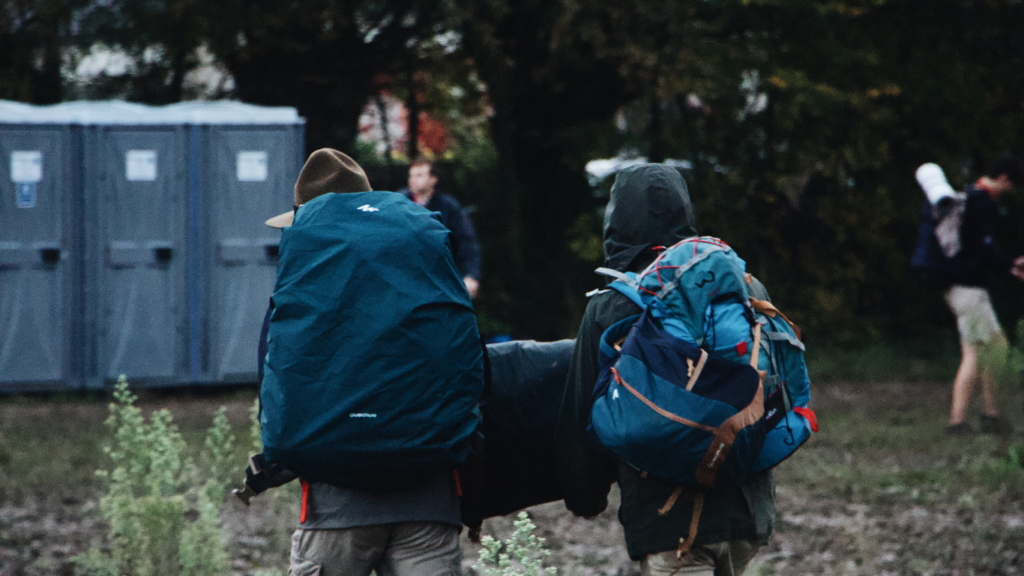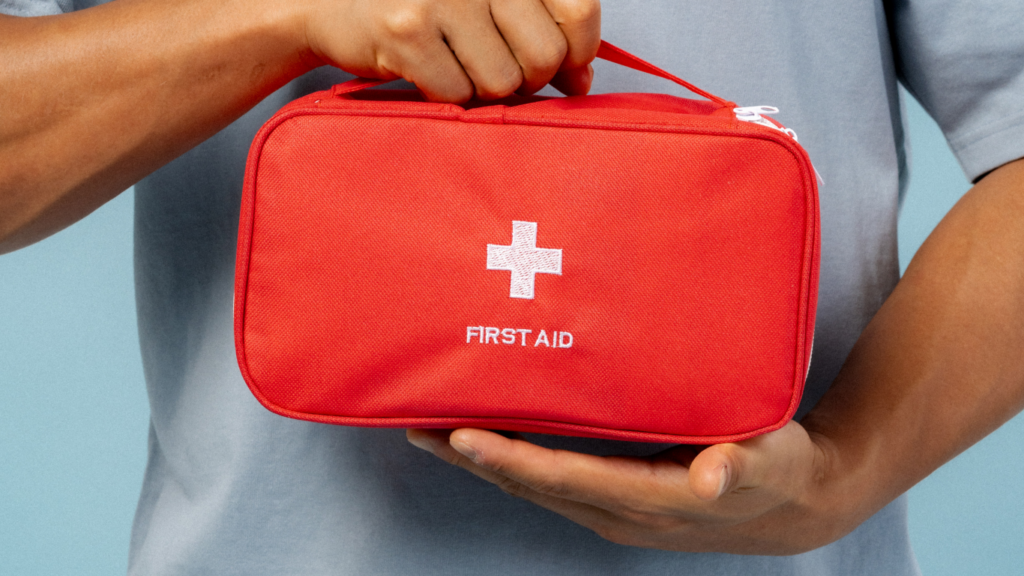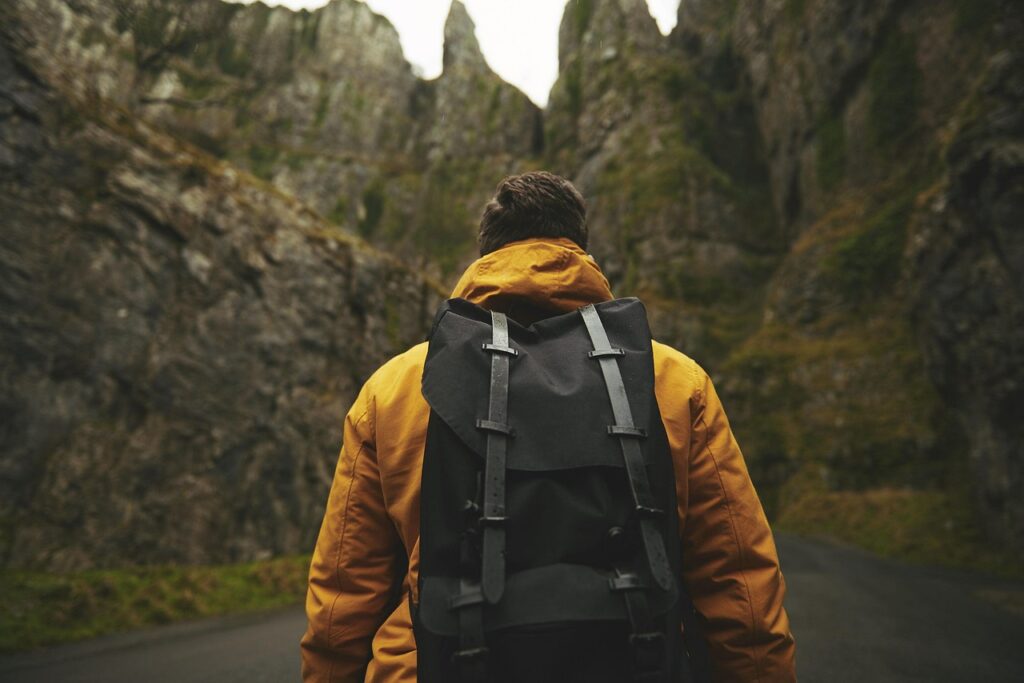Choosing the Right Backpack
Selecting the right backpack is crucial for any backpacking adventure. An ideal backpack balances size, weight, durability, and comfort.
Size and Capacity
Consider the duration of your trip and the gear you’ll need. For short trips (1-3 days), a 30-50 liter backpack works well. Longer trips (4-7 days) necessitate a 50-70 liter pack. Expeditions exceeding a week should use backpacks with 70+ liters of capacity. Ensure the pack has multiple compartments for organization.
Weight and Durability
Choose lightweight materials like ripstop nylon to reduce load without sacrificing strength. High-denier fabrics (e.g., 600D polyester) offer excellent durability for rough terrains. Check for reinforced stitching, especially on stress points. A backpack should weigh no more than 20% of your body weight when loaded to ensure ease of movement.
Comfort and Fit
A backpack should distribute weight evenly across your hips and shoulders. Adjustable straps and padded hip belts enhance comfort. Measure your torso length and choose a pack that fits your body size. Look for ventilated back panels to prevent sweating and reduce heat build-up during hikes.
Essential Backpacking Gear
Choosing the right gear is crucial for any backpacking trip. Here are the essentials to consider for your next adventure.
Tents and Shelters
Lightweight tents are vital for reducing pack weight. I recommend a 2-person tent for solo trips for extra space, weighing around 3-4 pounds. Look for materials like ripstop nylon for durability and waterproofing. Ultralight tarps and bivy sacks are also excellent shelter options, especially if weight is a top priority. Ensure the tent has adequate ventilation and a rainfly for protection against weather elements.
Sleeping Bags and Pads
A high-quality sleeping bag ensures restful sleep. Down sleeping bags offer excellent warmth-to-weight ratios but lose insulation when wet. Synthetic bags retain warmth even when damp. Consider a sleeping pad for comfort and insulation; closed-cell foam and inflatable pads are popular choices. Aim for an R-value (insulation measure) suitable for the climate you’ll encounter.
Cooking Gear
Compact, lightweight cooking gear is essential for meal prep. A backpacking stove, like a canister or alcohol stove, provides reliable heat. Titanium or aluminum cook sets are light yet durable. Include items like:
- spork
- collapsible bowl
- small cutting board
Don’t forget a reliable water filtration system, as staying hydrated is crucial.
Clothing and Footwear
Choosing the right clothing and footwear is crucial for any backpacking adventure. Optimal gear ensures comfort, safety, and efficiency on the trail.
Moisture-Wicking Fabrics
Selecting moisture-wicking fabrics is essential for maintaining dryness and comfort. These materials, like merino wool and polyester blends, effectively pull sweat away from the skin. In hot conditions, breathable fabrics help regulate body temperature. In cold climates, these fabrics prevent dampness, reducing the risk of hypothermia. Examples include merino wool base layers and polyester t-shirts.
Layering Systems
Effective layering systems allow for temperature regulation and adaptability. The base layer should insulate and wick moisture. Mid layers, typically fleece or down, provide warmth. Outer layers, like waterproof jackets made from Gore-Tex, shield against wind and rain. This system lets you add or remove layers based on the weather and activity level. Carrying additional layers for unexpected changes in weather is advisable.
Boot and Sock Selection
Selecting the right boots and socks prevents discomfort and injuries. Hiking boots should offer ankle support, waterproofing, and a good grip. Gore-Tex-lined boots provide excellent protection. Trekking socks made from wool or synthetic fibers reduce blisters and manage moisture. Brands like Smartwool and Darn Tough are popular for their durability and comfort. Pair good socks with well-fitted boots to enhance your backpacking experience.
Safety and Navigation Equipment
Choosing reliable safety and navigation equipment is key to a successful backpacking adventure. Quality tools can make the difference between a safe, enjoyable trip and a distressing experience.
GPS Devices and Maps
Reliable navigation tools ensure you’re always on the right path. GPS devices, like the Garmin eTrex 32x and the Suunto 9, offer precise tracking and waypoint marking. These devices provide critical information such as altitude and barometric pressure. Always carry physical maps and a compass to back up electronic devices; consider options like the National Geographic Adventure Maps for detailed topographical information.
First Aid Kits

Being prepared for medical emergencies involves carrying a well-stocked first aid kit. A compact kit, such as the Adventure Medical Kits Ultralight/Watertight .7, includes essential items like bandages, adhesive tape, antiseptic wipes, and tweezers. Personalize your kit based on the duration and nature of your trip; include medications and blister treatments if trekking over long distances.
Multi-tools and Knives
Versatile tools are indispensable in the backcountry. Multi-tools, like the Leatherman Wave+ or the Swiss Army Huntsman, offer multiple features including pliers, screwdrivers, and bottle openers. Carry a reliable knife, such as the Morakniv Companion, for tasks like preparing food and cutting rope. These tools add minimal weight but provide maximum utility.
Well-chosen safety and navigation equipment enhances overall preparedness and confidence during backpacking trips.
Packing and Organization Tips
Proper packing and organization can make or break your backpacking trip. Effective techniques save space and ensure quick access to essential items.
Using Compression Sacks
Compression sacks reduce the volume of bulky items. I typically use them for sleeping bags, clothing, and other compressible gear. By squeezing out excess air, compression sacks create more room in my pack, allowing me to carry additional supplies. Stack them vertically in your pack for better weight distribution.
Organizing Gear by Priority
Prioritize gear based on accessibility. Items used frequently, like snacks, water, and a map, should be near the top. Less-used items, such as a camp stove or spare clothing, can go deeper in the pack. This method prevents unnecessary unpacking and keeps necessary gear within reach.
Waterproofing Techniques
- Protect gear from moisture using waterproof bags and liners.
- Place electronics, clothing, and important documents in waterproof bags to safeguard against rain and accidental spills.
- Seam-sealed pack covers offer an extra layer of protection.
- Ensure all critical items remain dry, especially in wet environments.
Eco-Friendly Gear Options
Choosing eco-friendly gear contributes to preserving the environment while enjoying backpacking. Opt for items made from sustainable materials and follow minimal impact practices during your adventure.
Sustainable Materials
Pick gear crafted from recycled or biodegradable materials. For instance, select tents made from PET fabric or sleeping bags with recycled insulation. Look for clothing manufactured using organic cotton or bamboo. Brands like Patagonia and REI offer eco-conscious options that meet these criteria. Using these materials minimizes waste and conserves resources.
Minimal Impact Practices
Implement minimal impact practices to leave the environment as you found it. Pack reusable utensils, plates, and water bottles to reduce single-use plastic. Use biodegradable soap for washing dishes and personal hygiene. Always practice Leave No Trace principles, ensuring you pack out all trash and minimize campsite disturbance. Following these practices, you maintain the area’s natural beauty for future adventurers.




